Bay Leaf Plant (Laurus Nobilis) Care Guide
Written by Iris
Oct 11 2021
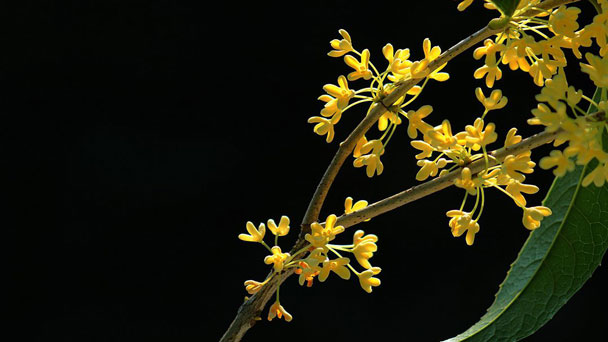
A Bay Leaf Plant is easy to grow, but you will need to remember that this tree can grow up to fifty feet tall. Bay Leaf Plant is native to the Mediterranean region, and it cannot be grown in all regions around the world.
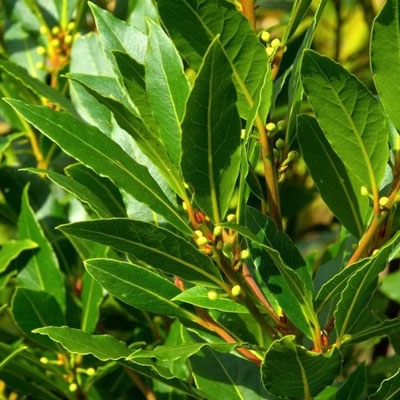
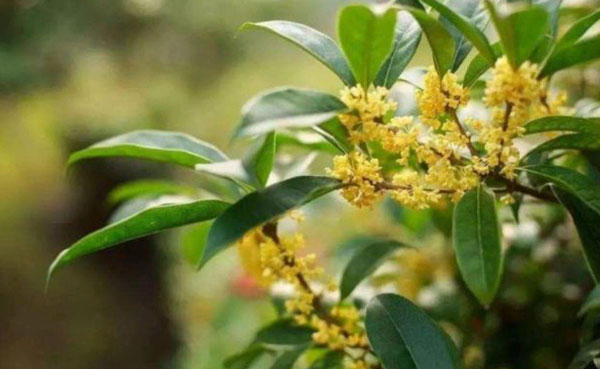
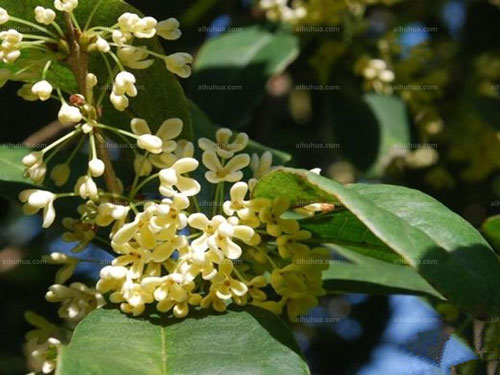
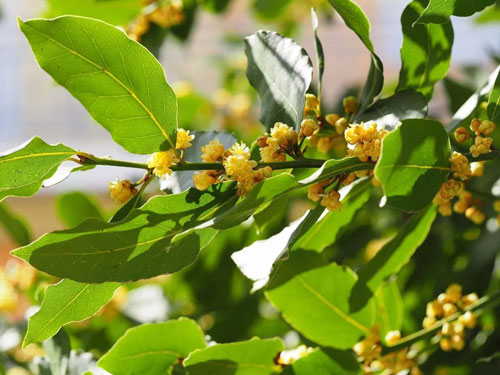
These are usually signs of standing water or damage from cold weather, but can also indicate nutrient deficiencies, especially in container-grown Bay Leaf Plants.
Leaf spots
This usually indicates a problem with standing water or wet weather. Bay Leaf Plants in containers are more prone to this problem. This usually indicates that compost must be updated and Bay Leaf Plants should be repotted.
Peeling/cracking on lower stems:
This is usually caused by harsh winter weather, and while it looks bad, as long as the rest of the Bay Leaf Plants are growing normally, it shouldn't be fatal and your Bay Leaf Plants should recover.
Leaf drooping
This is another sign of environmental problems. Watch out for drainage, watering and shelter. This may not mean the end of Bay Leaf Plants.
Curly leaves with pale yellow/brown edges
If Bay Leaf Plants have curly leaves that look ugly and discolored, look for small gray insects just below the edges of the curly leaves. You probably have a box of Bay Leaf Plants suction cups. While unsightly, the good news is that the long-term health of plants is usually unaffected. Remove and dispose of affected leaves.
Scale insects
Bay Leaf Plants may be affected by soft scales or horse-chestnut scales. These tiny insects can be seen under leaves or on stems. You may not have to do anything because the growth of Bay Leaf Plants may not be affected. But attracting or introducing predatory insects can help restore the natural balance in your garden. Parasitic wasps are sometimes introduced for biological control of soft scales.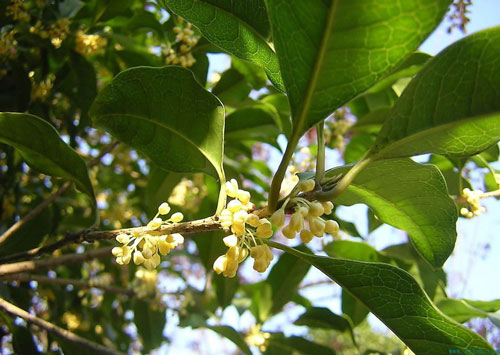
Laurus nobilis 'Angustifolia': Also known as willow-leaf laurel, the narrow leaves of this cultivar are prized for their attractive texture when the tree is pruned.
Laurus nobilis 'Aurea': This variety exhibits new leaves that are bright yellow and aromatic.
Laurus nobilis 'Undulata': With this cultivar, the leaf edges are rippled or wavy, making it a particularly ornamental tree.
Laurus nobilis 'Saratoga': This is a smaller tree when planted in the landscape, growing to a maximum of 30 feet. The leaves are more rounded and lighter in color. It makes a good variety for food seasoning leaves.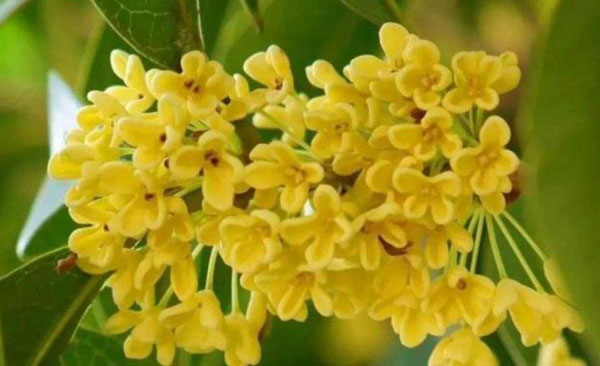
Where to Grow Bay Leaf PlantWhen to Grow Bay Leaf PlantHow to Grow Bay Leaf PlantsBay Leaf Plant Propagation with SeedsBay Leaf Plant Propagation with Stem CuttingsBay Leaf Plant Propagation with Air LayeringHow to Care for Bay Leaf PlantBay Leaf Plant Lighting RequirementsBay Leaf Plant Soil CareBay Leaf Plant WateringBay Leaf Plant Temperature & Humidity CareBay Leaf Plant Fertilizer CareBay Leaf Plant Pruning CareBay Leaf Plant Pests & Diseases CareBay Leaf Plants VarietiesBay Leaf Plants Care FAQWhere do Bay Leaf Plants grow?Are bay leaves poisonous?Can I use bay leaves straight from the tree?
Where to Grow Bay Leaf Plant
Bay Leaf Plants can be a great choice for many gardens and situations. But it's important to make sure laurel is the right choice for where you live. Bay plants are normally hardy to -5 degrees Celsius (23 degrees Fahrenheit), but can withstand much colder temperatures if kept in a sheltered location. If you live in a particularly cold winter region, bay leaf plants may be more difficult to grow. However, Bay Leaf Plants generally do well in cold-resistant zones 5-9 in the United States.When to Grow Bay Leaf Plant
Bay Leaf Plants' saplings or seedlings are best planted in fall or early spring, so they have a chance to grow before the hot summer months.
How to Grow Bay Leaf Plants
Bay Leaf Plant Propagation with Seeds
Bay Leaf Plants are dioecious, which means that both male and female Bay Leaf Plants are necessary to produce viable seeds. These seeds will only form on female Bay Leaf Plants when their small yellow flowers give way to small, dark purple egg-shaped berries in the fall. Inside each berry is a seed. Remove the pulp from the berries and plant the seeds immediately. If you do not plant immediately, or buy dried seeds, soak them in warm water 24 hours before planting. Plant Bay Leaf Plants under a thin layer of moist growing medium. Keep the medium moist and warm at about 70 degrees F (21 degrees C). Seeds can take anywhere from 10 days to 6 months to germinate.Bay Leaf Plant Propagation with Stem Cuttings
Cuttings of Bay Leaf Plants are best picked in mid-summer, when new branches are already half-ripe. Cut about 6 inches (15 cm) from the ends of the stems, removing all the leaves except those at the top. Place cuttings of Bay Leaf Plants in a good growth medium (note: If desired, you can immerse the ends in rooting hormones first). Keep it moist and out of direct sunlight. Rooting is not always successful and can take months.Bay Leaf Plant Propagation with Air Layering
Air layering takes longer than propagating from cuttings, but it also has a higher success rate. Choose a healthy, long stem that's one to two years old, remove all offshoots, and cut into a bud. Apply rooting hormone to the wound and wrap it in moist sphagnum moss, held in place by plastic. Roots should eventually start to grow into the moss.
How to Care for Bay Leaf Plant
Bay Leaf Plant Lighting Requirements
If you're growing Bay Leaf Plants indoors, winter them near a sunny window. Avoid exposure to air and heat from electrical appliances. Outdoor plants prefer partial shade but can tolerate full sunlight. In hot, dry areas in summer, the afternoon shade is ideal. If you want to plant Bay Leaf Plants to provide leaves for cooking, Bay Leaf Plants will produce their best flavor if they get plenty of sun for at least part of the year.Bay Leaf Plant Soil Care
Bay Leaf Plants thrive in slightly acidic soils, and Bay Leaf Plants have pH preferences similar to those preferred by other Mediterranean herbs. If your soil properties are particularly alkaline, you may find it easier to grow bay leaf Plants in containers rather than underground.Bay Leaf Plant Watering
Regular watering is required during hot or dry periods. Water Bay Leaf Plants regularly throughout the summer and check the soil every few days. Check by feeling the wetness of the first inch of soil on top. If it feels dry, water Bay Leaf Plants deep enough to make sure the water drains freely from the basin. Bay Leaf Plants do not respond well to wet feet or sodden soil, so making sure pots are well drained is an important step. If you suspect that the pot is not draining well enough, then you need to look for ways to improve it. Underwatering will be much less harmful than overwatering In the short term, so always be modest with the watering can.
Bay Leaf Plant Temperature & Humidity Care
Bay Leaf Plants is only hardy in USDA hardiness zones 8 through 10. In cooler areas, bring it indoors for the winter and give it relatively cool conditions. However, you may have trouble keeping your indoor Bay Leaf Plants from drying out in the low humidity of your home. When it signals trouble by dropping a few leaves, use the leaves in cooking and begin misting the tree regularly with water.Bay Leaf Plant Fertilizer Care
Bay Leaf Plants become hungry during the growing season and may need some slow-release fertilizer. Start adding slow release fertilizer pellets or a layer of organic material (mulch) to the topsoil throughout spring or summer. This will allow nutrients to slowly seep into the soil for use by Bay Leaf Plants. Avoid using any quick liquid fertilizer on your Bay Leaf Plants. Throughout the winter, when Bay Leaf Plants are less active, they don't need any feed or fertilizer.Bay Leaf Plant Pruning Care
When caring for Bay Leaf Plants, remember to prune because the plant will grow in the surrounding environment. Whether your Bay Leaf Plants are grown as shrubs, pruned trees, or full-size trees, you want to remove any damaged or dead leaves or branches each spring. You can thoroughly prune mature Bay Leaf Plants, but keep in mind that regeneration will be slow. Instead, do moderate pruning every other year to preserve green leaves while new growth develops. Try not to remove more than a third of Bay Leaf Plants at once. If you want to keep a manageable bush, simply remove the lower leaves and buds. You can also trim any suckers or branches on the bush. You should prune Bay Leaf Plants in the summer, which will promote dense growth. This can be done all the way back to the leaf nodes.
Bay Leaf Plant Pests & Diseases Care
Yellow leavesThese are usually signs of standing water or damage from cold weather, but can also indicate nutrient deficiencies, especially in container-grown Bay Leaf Plants.
Leaf spots
This usually indicates a problem with standing water or wet weather. Bay Leaf Plants in containers are more prone to this problem. This usually indicates that compost must be updated and Bay Leaf Plants should be repotted.
Peeling/cracking on lower stems:
This is usually caused by harsh winter weather, and while it looks bad, as long as the rest of the Bay Leaf Plants are growing normally, it shouldn't be fatal and your Bay Leaf Plants should recover.
Leaf drooping
This is another sign of environmental problems. Watch out for drainage, watering and shelter. This may not mean the end of Bay Leaf Plants.
Curly leaves with pale yellow/brown edges
If Bay Leaf Plants have curly leaves that look ugly and discolored, look for small gray insects just below the edges of the curly leaves. You probably have a box of Bay Leaf Plants suction cups. While unsightly, the good news is that the long-term health of plants is usually unaffected. Remove and dispose of affected leaves.
Scale insects
Bay Leaf Plants may be affected by soft scales or horse-chestnut scales. These tiny insects can be seen under leaves or on stems. You may not have to do anything because the growth of Bay Leaf Plants may not be affected. But attracting or introducing predatory insects can help restore the natural balance in your garden. Parasitic wasps are sometimes introduced for biological control of soft scales.

Bay Leaf Plants Varieties
It's very important that you grow only plants labeled laurus nobilis if you plan to use the leaves for cooking and eating. There are other plants that go by the common names of bay and sweet bay, but these are not necessarily edible. There are also a few ornamental cultivars of Laurus nobilis that may not have quite the same taste as the pure species plant.Laurus nobilis 'Angustifolia': Also known as willow-leaf laurel, the narrow leaves of this cultivar are prized for their attractive texture when the tree is pruned.
Laurus nobilis 'Aurea': This variety exhibits new leaves that are bright yellow and aromatic.
Laurus nobilis 'Undulata': With this cultivar, the leaf edges are rippled or wavy, making it a particularly ornamental tree.
Laurus nobilis 'Saratoga': This is a smaller tree when planted in the landscape, growing to a maximum of 30 feet. The leaves are more rounded and lighter in color. It makes a good variety for food seasoning leaves.

Bay Leaf Plants Care FAQ
Where do Bay Leaf Plants grow?
Bay laurel, or Laurus nobilis, is what is known as “true bay.” This perennial, evergreen herb is in the Lauraceae plant family which also includes cinnamon and sassafras. Bay has been grown in the Mediterranean region for so long that when we think of bay, we associate it with the Mediterranean.Are bay leaves poisonous?
Main reason to remove them. Interestingly, lab studies on the essential oils in bay leaves have found that they may be toxic to some harmful pathogens, including certain strains of bacteria and fungus. However, they're not toxic to people and very safe to cook with.Can I use bay leaves straight from the tree?
Yes. Actual bay leaves (Laurus nobilis) are safe, but the leathery leaves, which can be sharp on the edges, should always be removed from the dish before serving.Latest Updated
- Benefits of Bugleweed - 7 Science-backed Health Benefits
- Bugleweed Dangers & Side Effects - Is It Poisonous?
- How to Plant Evergreen Trees - What You Should Know
- When to Plant Evergreens - Grow Guide for Evergreen Trees
- 12 Wonderful Evergreen Shrubs for Your Garden
- 12 Popular Evergreen Plants with Pictures for Beginners
- When And How To Prune A Lilac Bush Like a Pro
- How to Grow & Care for Lilac Vine (Hardenbergia Violacea)
- Japanese Lilac Tree (Syringa Reticulata) Care & Propagation Guide
- Shumard Oak Pros and Cons - What to Know
Popular Articles
- Winter maintenance of Antirrhinum Majus
- How to Grow Terminalia Mantaly Tree
- How to Grow and Care for Crossostephium Chinense
- How to grow Antirrhinum Majus in spring
- Peristeria Elata (Dove Orchid) Profile: Info & Care Guide
- Underwatered Snake Plant (Sansevieria Trifasciata) - Signs And How To Fix
- How to Care for Brazilian Jasmine Plant (Mandevilla Sanderi)
- How to Grow & Care for Graptopetalum Purple Delight in Summer
- Rosa Chinensis (China Rose): Plant Growing & Care Tips
- How to Care for Baby Sun Rose (Aptenia Cordifolia)